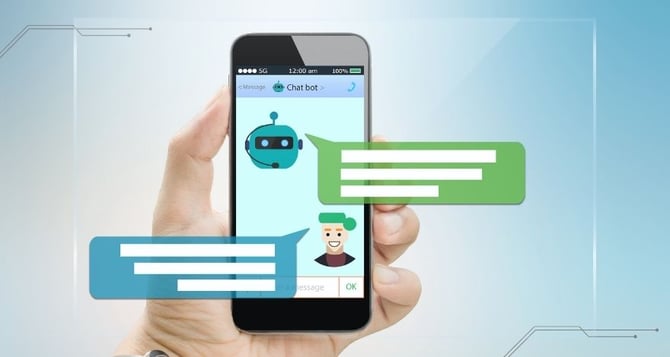Real-Time Language Translation in Customer Service Chatbots
In a globalized business landscape, multilingual customer support is essential. Explore real-time language translation in chatbots using Node.js and Google Cloud, ensuring seamless communication regardless of language barriers.

Language should never hinder exceptional customer service. In today's globalized world, businesses engage with customers from diverse linguistic backgrounds. Real-time language translation in customer service chatbots, including our specialized LLM Development services, is a game-changer. It enables businesses to support customers, regardless of their native language, seamlessly. In this article, we explore the importance of real-time translation in customer service and provide detailed technical implementations using Node.js.
The Multilingual Challenge in Customer Service
Businesses operating on a global scale often encounter customers who speak different languages. Without proper language support, miscommunication can lead to customer frustration and lost opportunities. Real-time translation in customer service chatbots addresses this challenge by enabling chatbots to understand and respond in multiple languages.
Building a Multilingual Chatbot with Real-Time Translation
Let's delve into the technical details of creating a multilingual customer service chatbot that uses real-time language translation. In this example, we'll focus on a Node.js implementation that integrates with the Google Cloud Translation API.
Node.js Implementation
1. Set Up Your Development Environment
Start by setting up your Node.js development environment and installing the required packages.
2. Create an Express Server
Set up an Express.js server to handle incoming chat messages and perform real-time translation.
3. Create the Frontend
Develop a user-friendly frontend for your chatbot using HTML, CSS, and JavaScript. The frontend should allow users to input messages and select the target language.
4. Configure Google Cloud Translation API
To run the app, you need to set up a Google Cloud project and enable the Translation API. Replace `'YOUR_PROJECT_ID'` in the Express server code with your actual project ID.
5. Run Your App
Run your Node.js server using the following command:
Your multilingual chatbot with real-time translation should now be accessible at `http://localhost:3000` or the specified port.
Elevating Customer Service with Multilingual Chatbots
In this example, our chatbot allows users to input messages in their preferred language, and it provides real-time translations to the selected target language. This functionality ensures that businesses can provide effective customer support, regardless of language barriers.
Considerations and Best Practices
1. Translation Accuracy: Validate the quality and accuracy of translations to avoid misunderstandings.
2. User Experience: Design a user-friendly interface that simplifies language selection and message input.
3. Integration: Integrate the chatbot into your customer service workflow to ensure seamless communication.
4. Data Security: Handle user data securely, particularly when dealing with personal information.
5. Continuous Improvement: Monitor and improve the chatbot's translation capabilities based on user feedback and evolving language needs.
Ready to Transform Your Ideas into Reality?
Where Innovation Meets Generative AI Expertise, Unleashing a Future of Infinite Possibilities
Conclusion
In this transformative landscape, Signity Solutions empowers businesses to implement real-time language translation in customer service chatbots. Through the synergy of Node.js and Google Cloud Translation, we enable businesses to expand globally, enhance customer satisfaction, and ensure inclusive and accessible customer service experiences.


%201-1.webp?width=148&height=74&name=our%20work%20(2)%201-1.webp)


.png?width=344&height=101&name=Mask%20group%20(5).png)
















